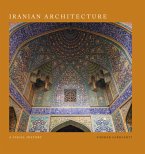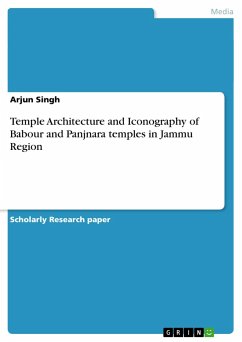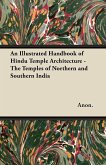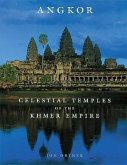With an essay by Ellis Woodman which sets Hamilton's work within a rich historical context, this book details six exquisite buildings which share a categorisation as works of sacred and monumental architecture.
Hinweis: Dieser Artikel kann nur an eine deutsche Lieferadresse ausgeliefert werden.
Hinweis: Dieser Artikel kann nur an eine deutsche Lieferadresse ausgeliefert werden.








